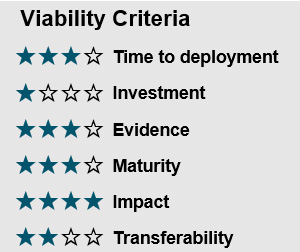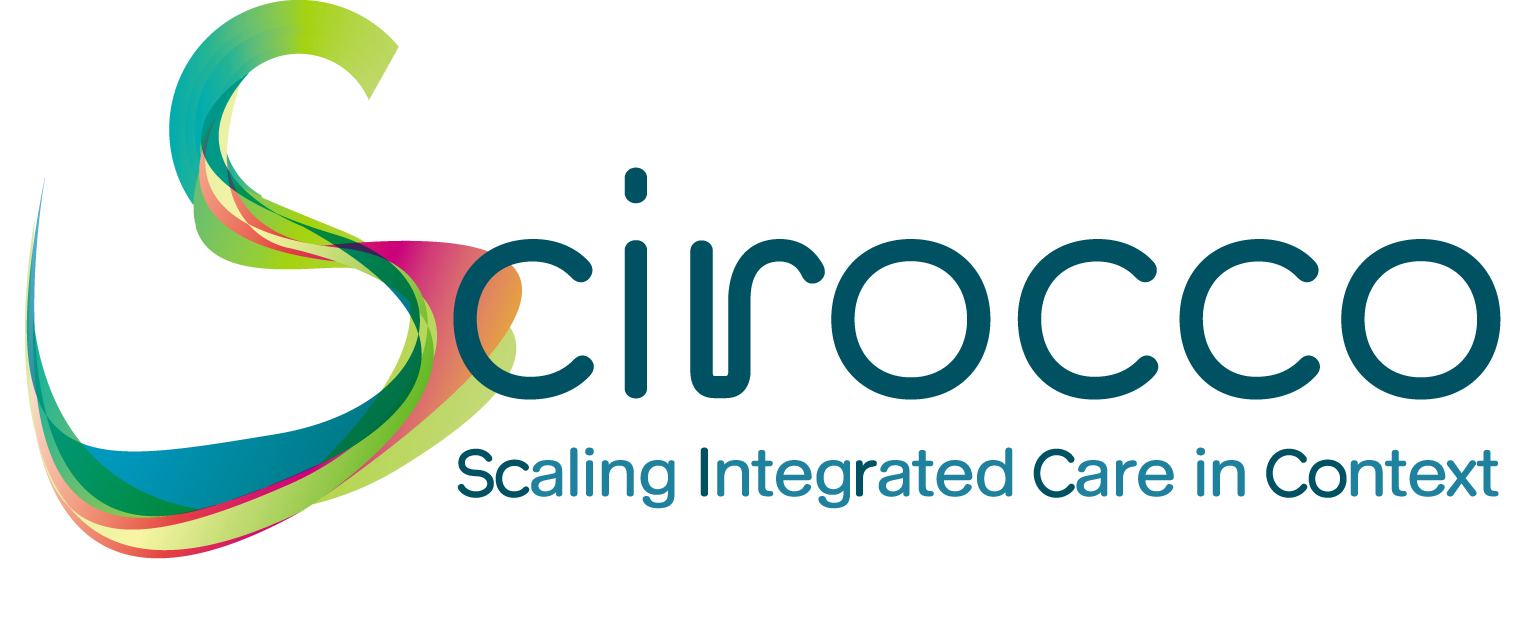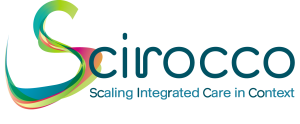Good Practices Overview | Basque Country | Czech Republic | Norrbotten | Puglia | Scotland
 Integrated Care Process for Children with Special Needs (PAINNE)
Integrated Care Process for Children with Special Needs (PAINNE)
Summary of the good practice:
The overall aim of this PAINNE (Proceso de Atención Integrada a Niños y Niñas con Necesidades Especiales) is to implement an integrated model of care for children with special healthcare needs (CSHCN), using a quality improvement method to enhance the overall care and satisfaction of the children and families affected. This model promotes quality care towards children and their families in a way that is efficient and sustainable, with the goal of early detection and intervention in situations of risk, ultimately aiming to help these children reach their maximum potential and improve their overall quality of life.
Multidisciplinary groups comprised of nearly 90 professionals from the healthcare, social services and education sectors in Bilbao worked together to create appropriate structures for care coordination, reach consensus regarding procedures to offer integrated care and tools to enhance early detection of situations of risk, define key indicators for quality improvement, and create a comprehensive directory of resources in these three sectors. These ideas were published in the Guía PAINNE 2013, and the screening tools agreed upon for the early detection of developmental delays and psychosocial risk factors were incorporated into the electronic medical record (EMR) for routine use in well child visits in the paediatric primary care centres in Bilbao. Currently, more than 200 professionals in the healthcare, social services, education and third sectors are revising the guide in order to publish an updated version in 2016 and are implementing the model throughout Vizcaya.
URL: n/a
Challenge addressed by the good practice
- Detect early the biological, psychological and social family risk factors that may affect the normal development of children.
- Detect early warning signs or any other alterations in the development of a child.
- Establish personalized therapeutic measures which allow children to reach their maximum personal and developmental potential, and achieve educational and social integration.
- Improve the communication amongst the people and organisations involved to enhance the coordination of each case.
- Improve the children and their families’ quality of life.
Key innovative elements of the good practice
- Definition of activities and indicators for evaluation and continuous quality improvement
- Consensus regarding tools for the early detection of risk factors and deficiencies
- Development of protocols and referral pathways to offer an integrated response to CSHCN
- Implementation of screening tools and alerts in the EMRs, both in primary care and in the hospital
- Creation of a Directory of Resources including social, healthcare, and educational resources
PAINNE is a quality-driven model that has offered enhanced coordinated care for CSHCN, based on the needs of families. The implementation of screening tools to detect early developmental and psychosocial risk factors and standardized referral pathways not only have been well-received by primary care teams, but have shown to decrease referral times for children suspected of having autism spectrum disorders. The early intervention teams accepted the vast majority of children referred by healthcare professionals, allowing for early, individualized care. Communication and referrals between professionals has also been enhanced.
Full Scirocco information on the good practice
SciroccoGP-Basque-7-Integrated-Care-Process-for-Children-with-Special-Needs.pdf [PDF]
Publications and reports on the good practice
The Guía PAINNE 2013 can be found at:
Publications:
- Saitua G, Díez C, Aparicio E, Gutiérrez A, Paz C, Floyd M, et al. Proceso de Atención Integrada para Niños con Necesidades Especiales (PAINNE). Rev Pediatr Aten Primaria [Internet]. 2015;17:e251-e260. http://www.pap.es/FrontOffice/PAP/front/Articulos/Articulo/_IXus5l_LjPq4RQcxodpCfTWUxvkFIeaU
- Aparicio E. Experiencias de atención integrada Pediatría Atención Primaria-Hospital. El pediatra como referente. Bol S Vasco-Nav Pediatr. 2014;46:27-32. http://www.svnp.es/sites/default/files/experiencias_en_ap.pdf
Additional publications will be available in early 2017.
External evaluations:
New Health Foundation/ Observatorio de Modelos Integrados en Salud. Available at http://omis.newhealthfoundation.org/proceso-de-atencion-integrada-a-ninos-y-ninas-con-necesidades-especiales- painne-2/ .
Contact point: Michelle Floyd Rebollo; painne@osakidetza.eus


